Related Research Articles

James I was King of Scots from 1406 until his assassination in 1437. The youngest of three sons, he was born in Dunfermline Abbey to King Robert III and Annabella Drummond. His older brother David, Duke of Rothesay, died under suspicious circumstances during detention by their uncle, Robert, Duke of Albany. James' other brother, Robert, died young. Fears surrounding James's safety grew through the winter of 1405/06 and plans were made to send him to France. In February 1406, James was forced to take refuge in the castle of the Bass Rock in the Firth of Forth after his escort was attacked by supporters of Archibald, 4th Earl of Douglas. He remained at the castle until mid-March, when he boarded a vessel bound for France. On 22 March, English pirates captured the ship and delivered the prince to Henry IV of England. The ailing Robert III died on 4 April and the 11-year-old James, now the uncrowned King of Scots, would not regain his freedom for another eighteen years.
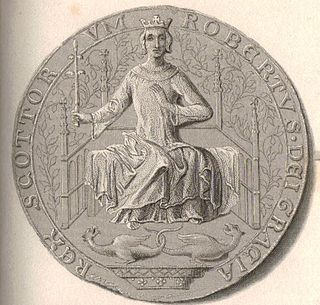
Robert II was King of Scots from 1371 to his death in 1390. The son of Walter Stewart, 6th High Steward of Scotland, and Marjorie, daughter of King Robert the Bruce, he was the first monarch of the House of Stewart. Upon the death of his uncle David II, Robert succeeded to the throne.
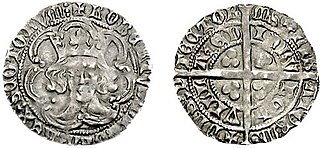
Robert III, born John Stewart, was King of Scots from 1390 to his death in 1406. He was also High Steward of Scotland from 1371 to 1390 and held the titles of Earl of Atholl (1367–1390) and Earl of Carrick (1368–1390) before ascending the throne at about the age of 53 years. He was the eldest son of King Robert II and Elizabeth Mure and was legitimized by the second marriage of his parents and by papal dispensation in 1349.

Robert Stewart, Duke of Albany was a member of the Scottish royal family who served as regent to three Scottish monarchs. A ruthless politician, Albany was widely regarded as having murdered his nephew, the Duke of Rothesay, and brother to the future King James I of Scotland. James was held in captivity in England for eighteen years, during which time Albany served as regent in Scotland, king in all but name. He died in 1420 and was succeeded by his son, Murdoch Stewart, Duke of Albany, who was executed for treason when James returned to Scotland in 1425, almost causing the complete ruin of the Albany Stewarts.

Alexander Stewart, Earl of Buchan, called the Wolf of Badenoch, was a Scottish royal prince, the third son of King Robert II of Scotland by his first wife Elizabeth Mure. He was Justiciar of Scotia and held large territories in the north of Scotland. He is perhaps best remembered for his destruction of the royal burgh of Elgin and its cathedral. His sobriquet was earned due to his notorious cruelty and rapacity, but there is no proof that it was used during his lifetime.
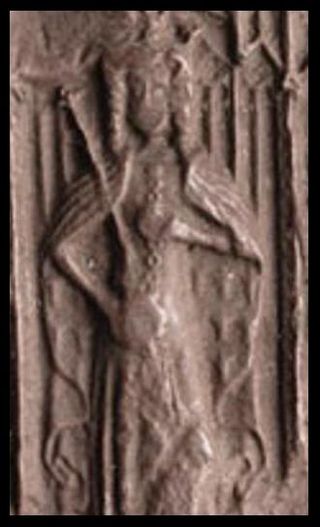
Murdoch Stewart, Duke of Albany was a leading Scottish nobleman, the son of Robert Stewart, Duke of Albany, and the grandson of King Robert II of Scotland, who founded the Stewart dynasty. In 1389, he became Justiciar North of the Forth. In 1402, he was captured at the Battle of Homildon Hill and would spend 12 years in captivity in England.
Helen of Galloway was a daughter and co-heiress of Alan, Lord of Galloway and his first wife, a daughter of Roger de Lacy, Constable of Chester. Helen was the first wife of Roger de Quincy, Earl of Winchester. Although Helen was the first of Roger's three wives, his only descendants were his three daughters by Helen. The eldest daughter, Margaret, married William de Ferrers, Earl of Derby ; the second daughter, Elizabeth, married Alexander Comyn, Earl of Buchan ; the third daughter, Helen, married Alan de la Zouche.
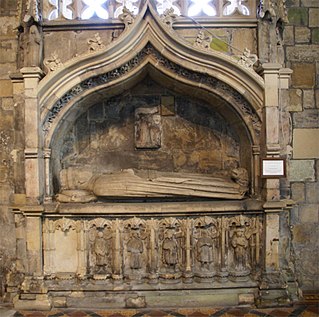
Archibald Douglas, 5th Earl of Douglas was a Scottish nobleman and general during the Hundred Years' War.

Alexander Stewart was a Scottish nobleman, Earl of Mar from 1404. He acquired the earldom through marriage to the hereditary countess, and successfully ruled the northern part of Scotland.
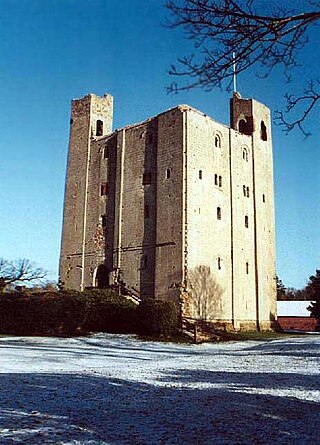
Aubrey de Vere, 1st Earl of Oxford was an English noble involved in the succession conflict between King Stephen and Empress Matilda in the mid-twelfth century.
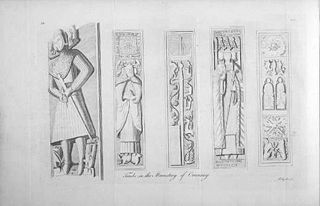
Donald, Lord of the Isles, was the son and successor of John of Islay, Lord of the Isles and chief of Clan Donald. The Lordship of the Isles was based in and around the Scottish west-coast island of Islay, but under Donald's father had come to include most of the isles and the lands of Somerled, the King of the Isles in the 12th century, Donald's predecessor, including Morvern, Garmoran, Lochaber, Kintyre and Knapdale on the mainland.
Alexander Leslie, Earl of Ross was a Scottish nobleman. Born between 1367 and 1382, he was the son of Walter Leslie, Lord of Ross and Euphemia I, Countess of Ross. In around 1394, or not later than 1398, he became Earl of Ross and sometime before 1398 he married Isabel Stewart, daughter of Robert Stewart, Earl of Fife who became Robert Stewart, Duke of Albany. They had one child, Euphemia. He died at Dingwall, Scotland on 8 May 1402.
Mariota, Countess of Ross was the daughter of Euphemia I, Countess of Ross and her husband, the crusading war-hero Walter Leslie, Lord of Ross. Upon the death of her brother, Alexander Leslie, Earl of Ross, she became the heir-presumptive of her niece Euphemia II, Countess of Ross although her husband Domhnall of Islay, Lord of the Isles pressed Mariota's superior claim to the earldom.
Mairead inghean Eachainn, also known as Mairead nic Eachainn, was a consort of Alexander Stewart, Earl of Buchan. She was the daughter of a man named Eachann, and probably the mother of several children, including Alexander's like-named son, Alexander Stewart, Earl of Mar.

Catherine Murray, Countess of Dunmore, was an English peeress and promoter of Harris Tweed.
Ealdgyth, also Aldgyth or Edith in modern English, was a daughter of Ælfgar, Earl of Mercia, the wife of Gruffudd ap Llywelyn, ruler of all Wales, and later the wife and queen consort of Harold Godwinson, king of England in 1066. She was described by William of Jumièges as a considerable beauty.
Mary MacDuff, Countess of Fife was an English noblewoman. She was a daughter of Ralph de Monthermer, 1st Baron Monthermer and his wife Joan of Acre. Other sources have her being born in 1298.
Sir Robert Graham of Kinpont was a Scottish landowner, and one of the key conspirators in the assassination of King James I of Scotland in 1437.

Sir Alexander Lindsay of Glenesk was a Scottish knight banneret. Active in jousting and as a crusader he was in favour with the Scottish kings David II and Robert II.
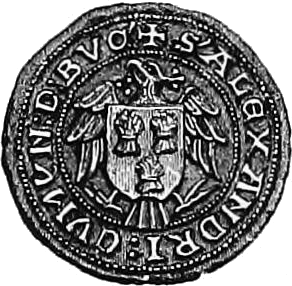
Alexander Comyn, Sheriff of Aberdeen was a fourteenth-century Scottish nobleman. He was a younger son of Alexander Comyn, Earl of Buchan. The latter died in 1290, whereupon the earldom of Buchan was inherited by Alexander's elder brother, John.
References
- Brown, M. H. "Stewart, John, third earl of Buchan (c.1380–1424)". Oxford Dictionary of National Biography (online ed.). Oxford University Press. doi:10.1093/ref:odnb/26483.(Subscription or UK public library membership required.)
- Munro, R. W.; Munro, Jean. "Ross family (per. c.1215–c.1415)". Oxford Dictionary of National Biography (online ed.). Oxford University Press. doi:10.1093/ref:odnb/54308.(Subscription or UK public library membership required.)
- Paul, James Balfour, The Scots Peerage , Vol. VII, (Edinburgh, 1910)